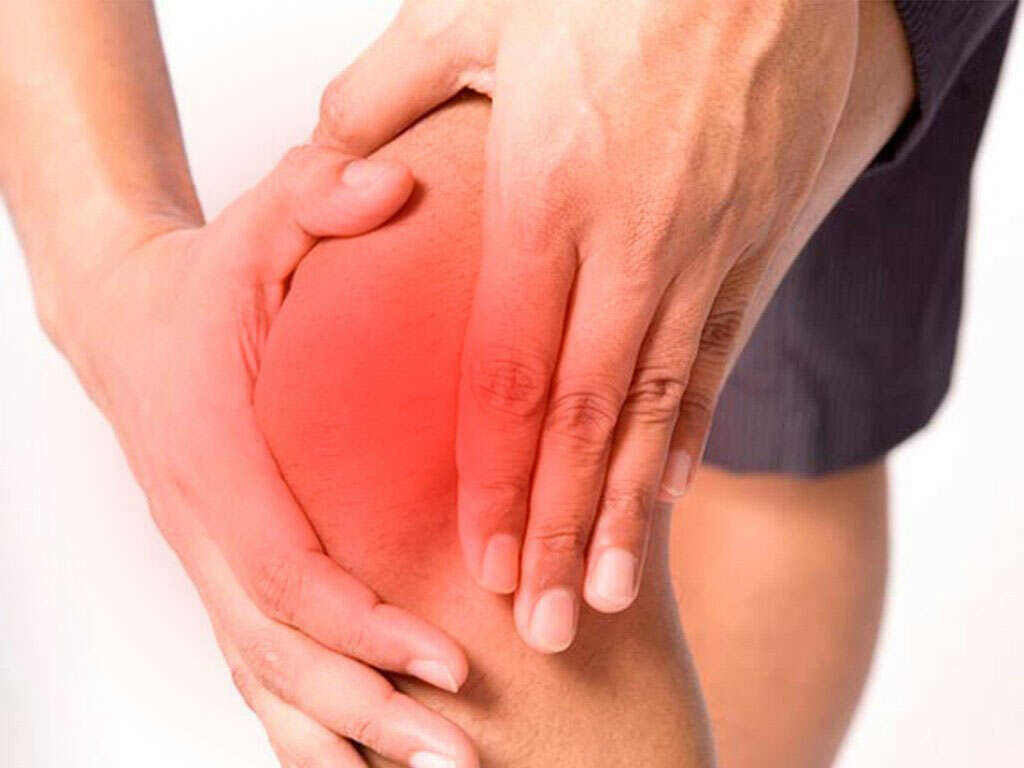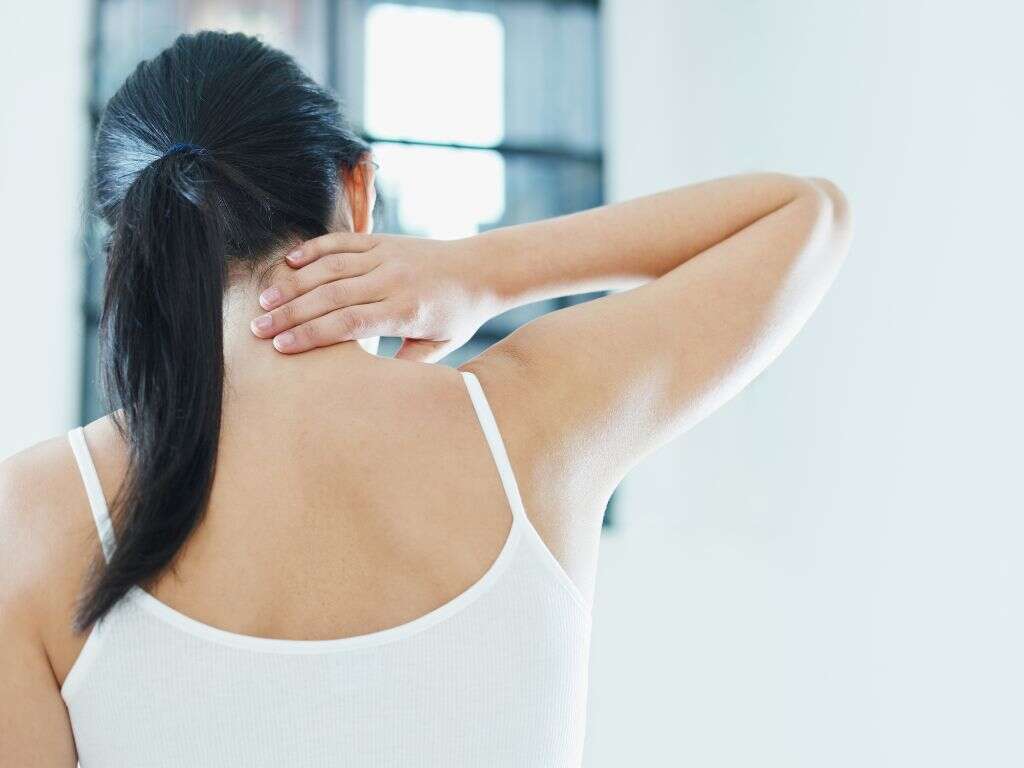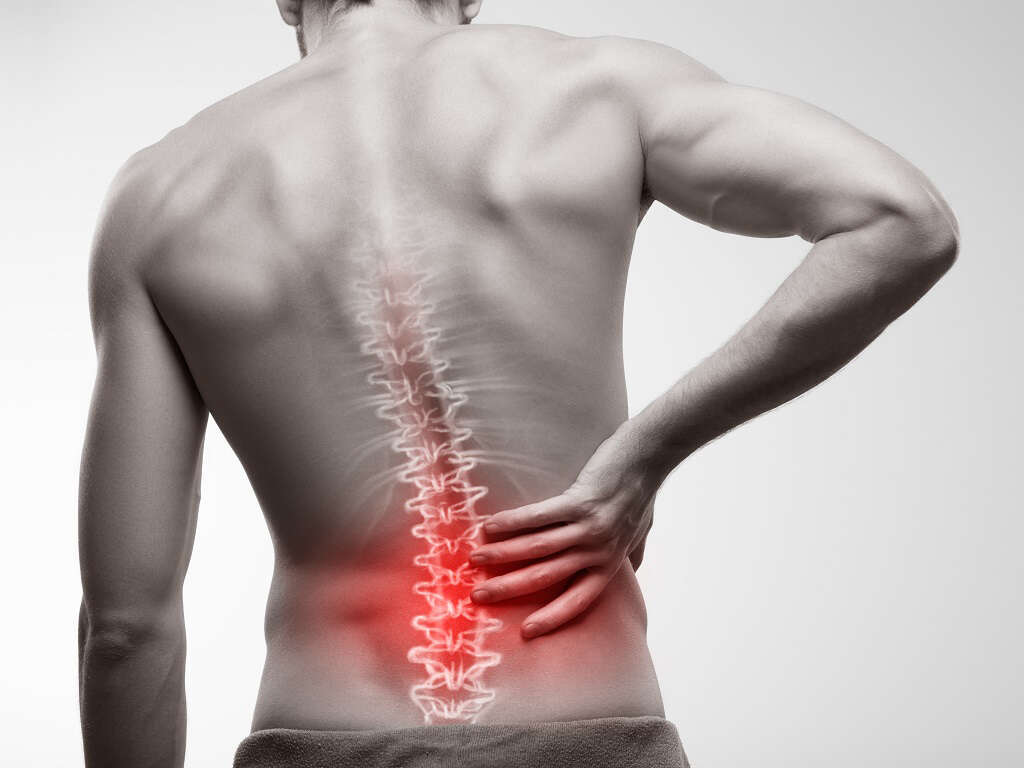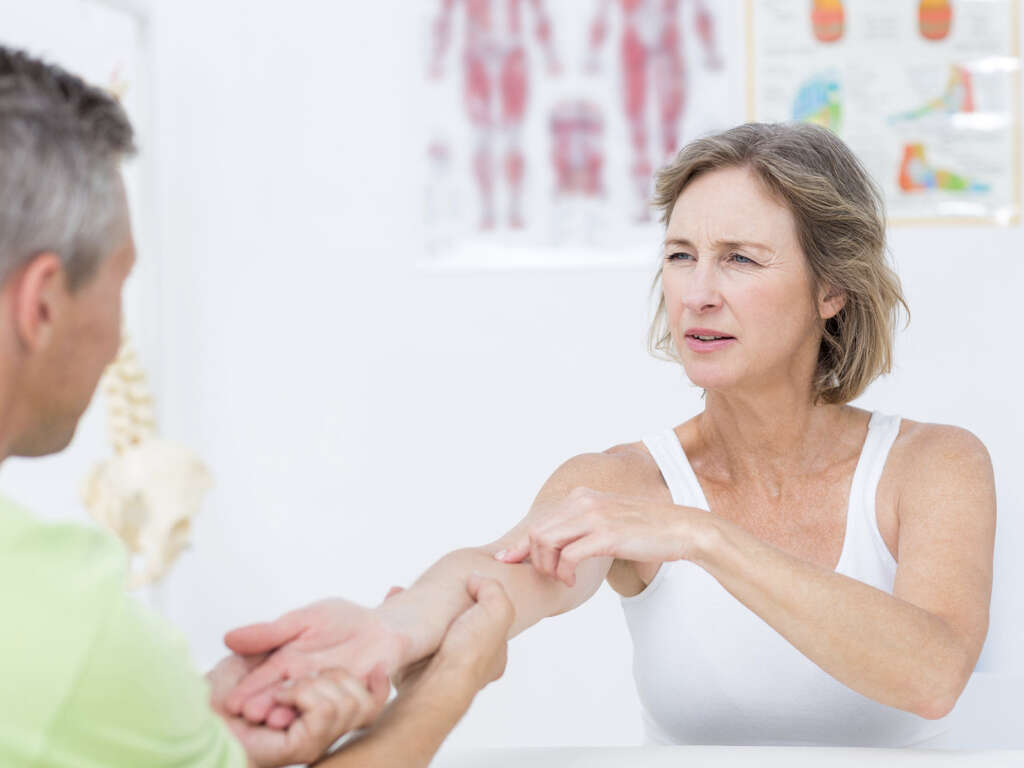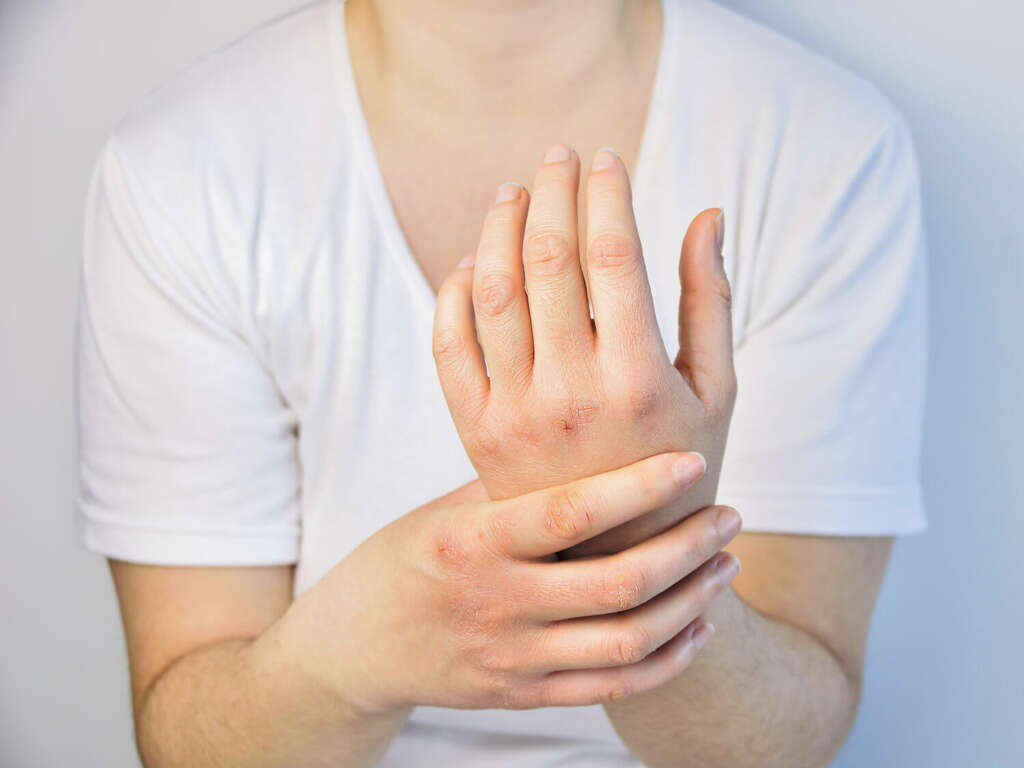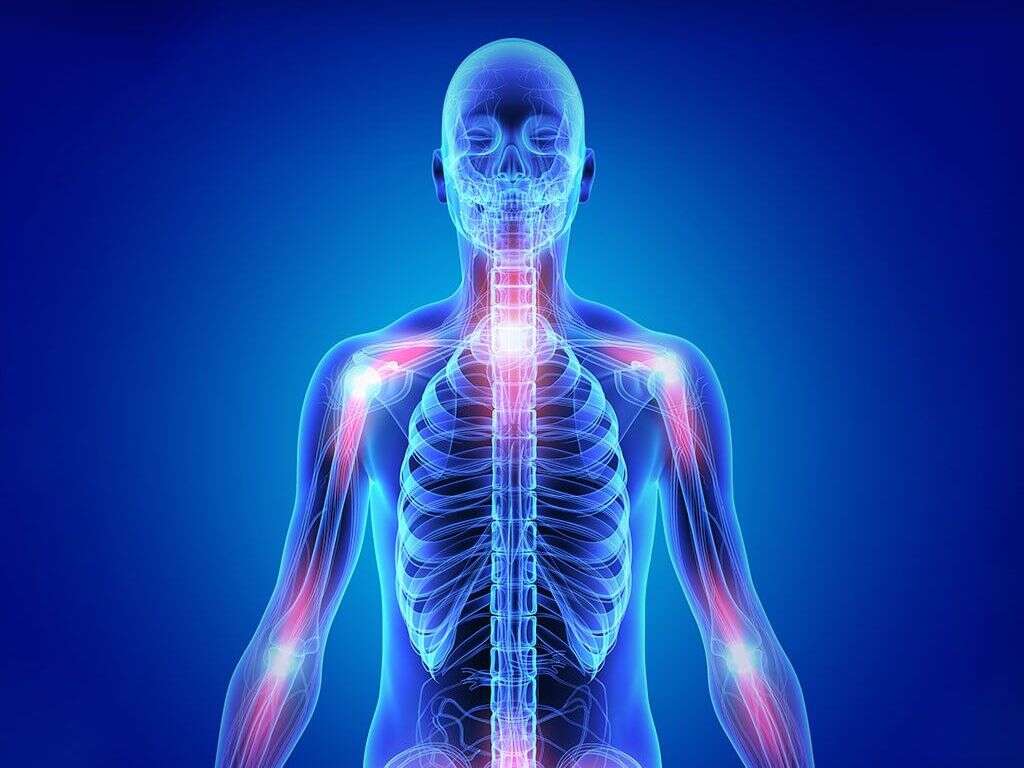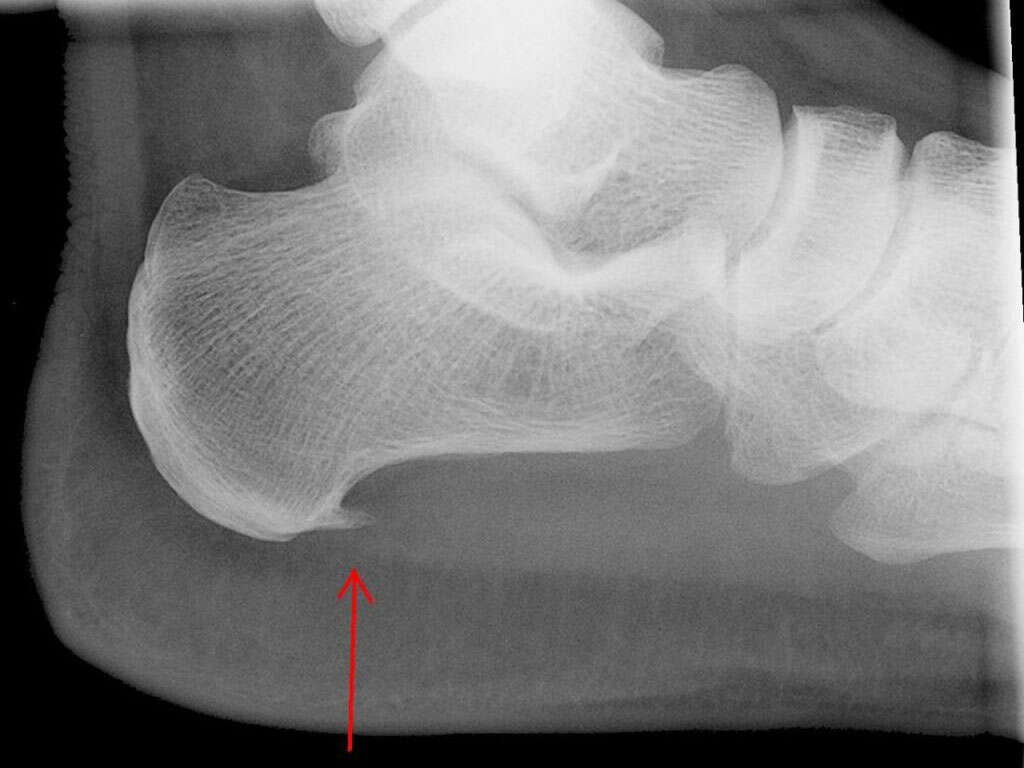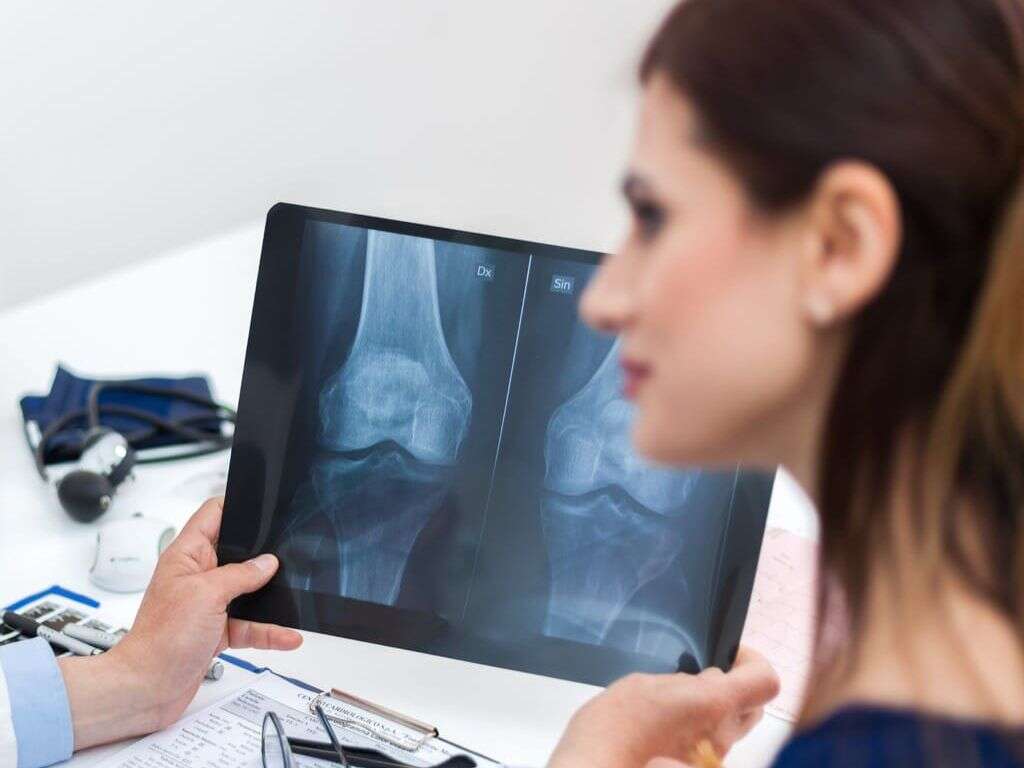10 Osteoarthritis Symptoms
Osteoarthritis is one of many forms of arthritis and is sometimes referred to as ‘wear and tear’ arthritis. It is the most commonly seen form of arthritis in North America. Osteoarthritis is caused by an excessive breakdown of the cartilage that is found in the joints in our bodies. The more cartilage breaks down, the more symptoms will emerge.
Fortunately, osteoarthritis doesn’t affect other organs in the body as many other forms of arthritis do. Most of the symptoms associated with this particular kind of arthritis only affect the joints and the bones, but they can still be rather unpleasant.
We’re going to explore the 10 most common symptoms of osteoarthritis today, so you can understand the condition a bit better.
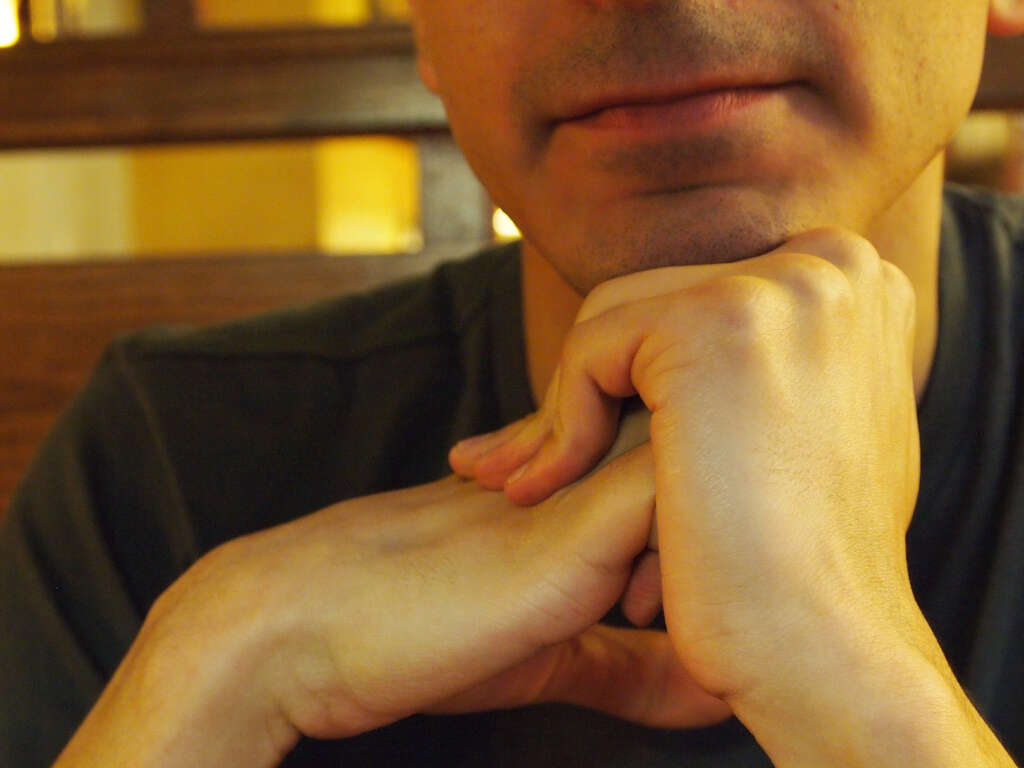
Symptom #1: Tenderness and Pain
Most forms of arthritis cause quite a bit of pain throughout the body. The most common places to experience pain are in the spine, neck, knees and hip regions. The pain is usually characterized with a deep ache. This usually occurs on a daily basis, and more so with prolonged activity whether it be sedentary or direct use of the affected joint. The pain may be very sharp when moving the joint especially after periods of not moving.
Tenderness, however, is a feeling of discomfort that you will experience when you press down on the joint. Both of these types of pain are quite common for people who have osteoarthritis.

Symptom #2: Stiff Joints
The other symptom most commonly associated with osteoarthritis, as well as other forms of arthritis, is stiffness in the joints. While it’s fairly normal to experience a bit of stiffness in your joints early in the morning, if this becomes a consistent thing throughout the day, it could be a sign of an emerging problem like osteoarthritis.
The joint stiffness is still likely to be worst in the morning for sufferers of osteoarthritis, but fortunately it can be reduced if you power through it and do some stretching exercises in the morning. Make sure you stay fluid during the day and don’t let your joints fall into disuse.
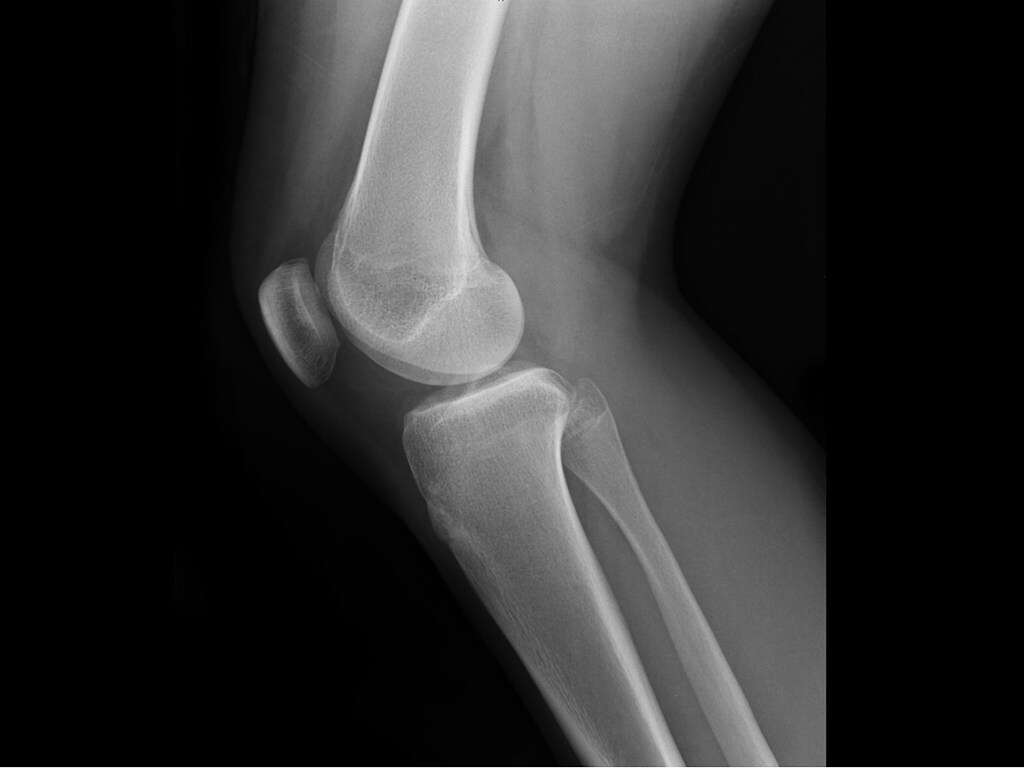
Symptom #3: Inflexibility
One thing that people suffering from osteoarthritis will eventually experience is a decrease in their overall flexibility. As the joints in their bodies become harder to use and they experience more stiffness and pain, there will also be some loss of mobility.
This means that people suffering from osteoarthritis will have a lesser range of motion than they did before. While this is a gradual process, it’s also important to prepare for. This is another reason that stretching is important for patients with osteoarthritis.
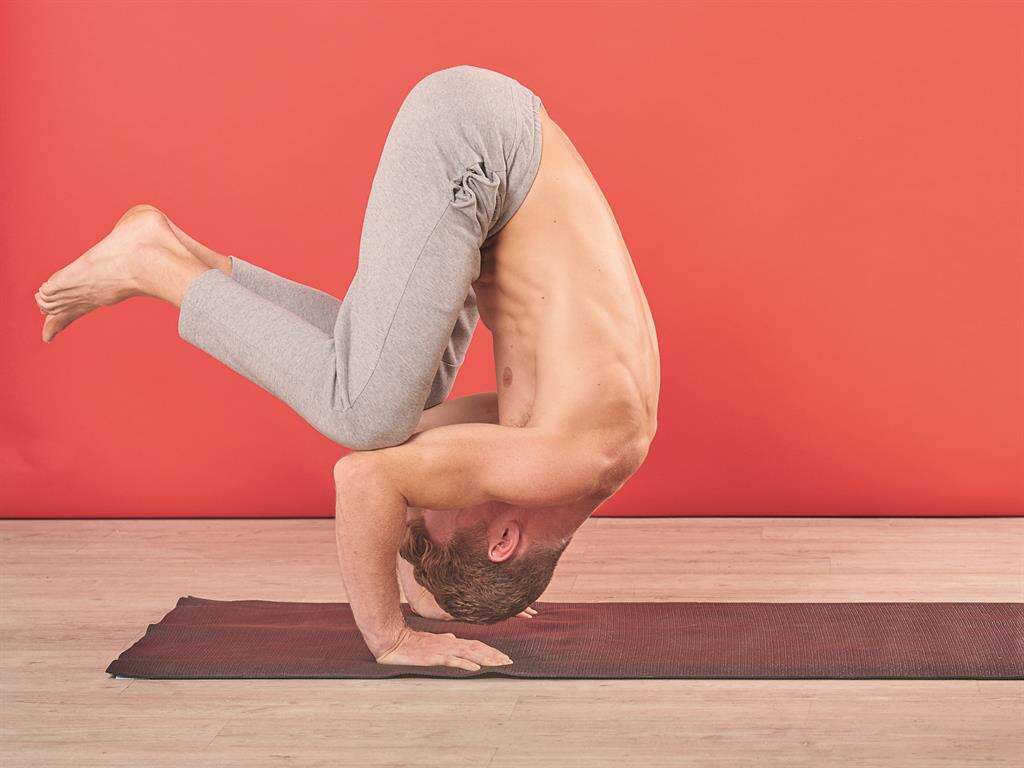
Symptom #4: Strange Sensations
Another thing that many people with osteoarthritis has a series of strange new sensations that aren’t necessarily good or bad. They are a result of the changes that are made to the cartilage in the body.
Cartilage is intended to function sort of like a set of shocks in a vehicle. They help the joints manage weight and pressure and make everything feel smooth. If you don’t have the necessary amount of cartilage, as seen in people with osteoarthritis, then you won’t have the same shock absorption that you would normally have.
This means that, basically, you’re going to start feeling your bones rub together at the joints. This won’t necessarily be painful, but it will certainly take some getting used to.

Symptom #5: Joint Cracking
Many people who have osteoarthritis experience a lot of cracking in their joints that may or may not be different than the cracking that people hear when they pop their knuckles or ankles.
This is because the bones that are found in the joints rub together a lot which can cause strange noises to emerge and cause extra pressure to build up.

Symptom #6: Difficulty Performing Tasks
One of the most difficult things about osteoarthritis is the fact that people tend to lose the ability to perform some of their daily tasks. This is largely because they lose a lot of the ability to move their joints in ranges of motion that are needed for daily tasks.
This can happen because of the degrading cartilage in the bones, but it can get worse because the muscles around the joints will fall out of use if you don’t use them. This is another reason that it’s important to get your stretches in when you are struggling with osteoarthritis, and also to make a point of exercising as much as possible (while remaining within a comfortable range of motion).
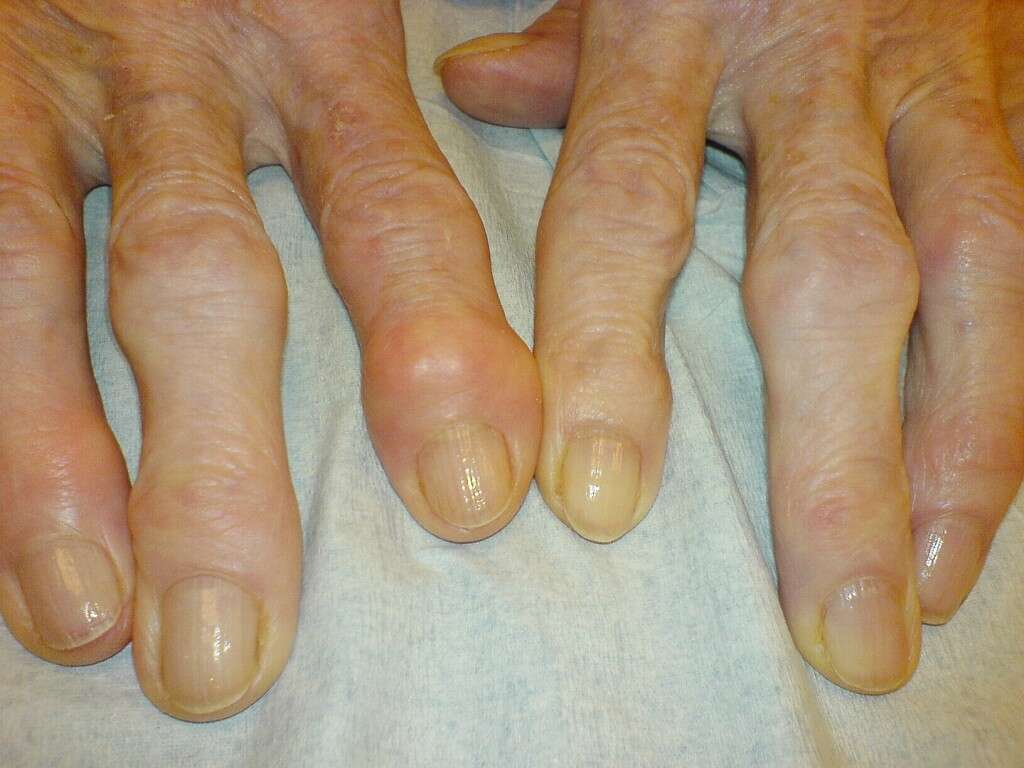
Symptom #7: Deformities
Another common issue that arises in people who have had osteoarthritis for a while are deformities in the joints and bones. The joints are usually covered in a protective layer of cartilage that prevents damage from occurring. Unfortunately, when the cartilage wears out, it can become difficult and painful for a person to move their joints.
As the cartilage degrades and the bones continue to rub against each other, spurs may emerge from the cartilage, creating strange and uncomfortable shapes. Joints will look less like they used to as these spurs grow in size, looking larger or out-of-place. Another reason for deformity is if the cartilage wears on one side of the joint more than another side of the joint causing an imbalance. Joints may also appear much larger due to inflammation and accumulation of fluid.
Bone spurs can also contribute to the pain and discomfort experienced by people suffering from the condition, especially in the fingers and hands. People suffering from serious osteoarthritis might have such serious deformities that their fingers bend at strange angles.

Symptom #8: Back Pain
The spine is basically composed of a long staff of interlinking joints. Once you start to lose the cartilage that connects your joints together, you will begin to experience pain and discomfort, and this is especially true for the back.
Usually people won’t experience serious pain until the later phases of osteoarthritis. However, patients have noted that they experience pain and weakness even in the earlier phases of osteoarthritis. This pain can be accentuated if there is weight pressed on the vertebrae indirectly from the use of another joint or bone.
The deformity of cartilage can also be particularly problematic for the back, greatly impeding your range of motion.
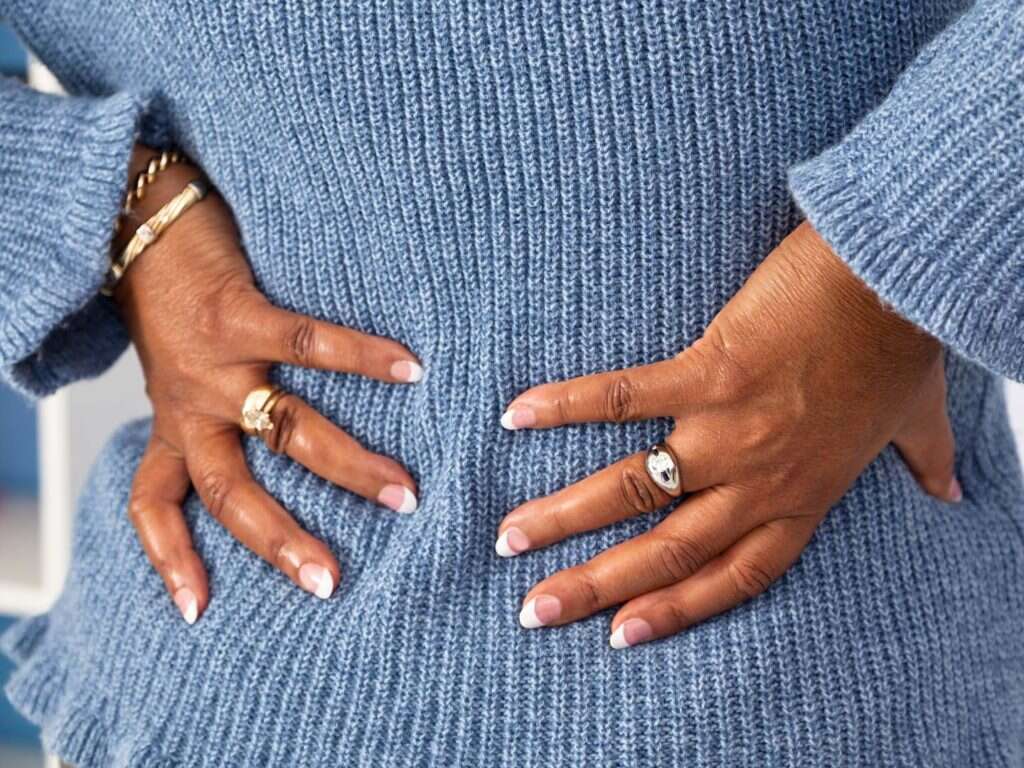
Symptom #9: Joint Locking
Joint locking, buckling, or ‘giving out’ of certain areas of your body can be particularly bothersome for people suffering from osteoarthritis. This is because of the weakening of the muscles around the joints.
This is especially true for the joints that support our body weight, like the knees and the ankles. People with osteoarthritis should be careful about their movements because it’s much easier for their knees to buckle, which can lead them to more serious injuries. This is another reason it’s important to stretch and exercise as much as possible.
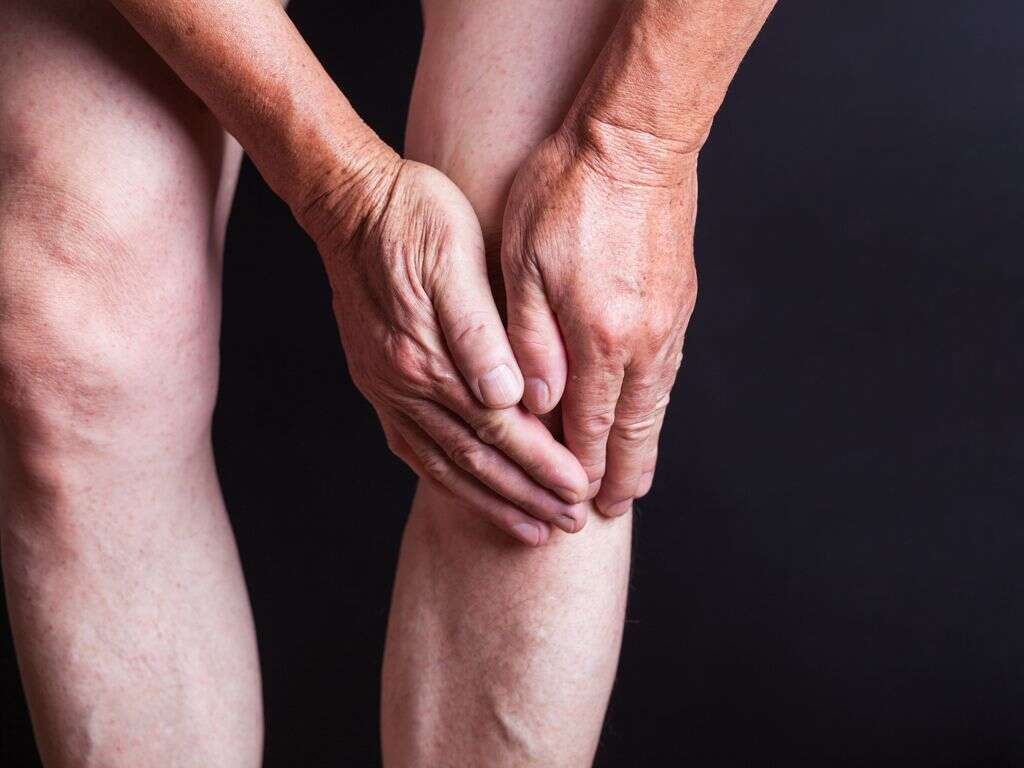
Symptom #10: Heat In The Joints
One of the more interesting symptoms that people experiencing osteoarthritis might experience is a sensation of warmth or heat in the joints. This is because the joints themselves will begin to generate heat as the cartilage becomes damaged and the muscles grow weaker.
This is particularly apparent in the elbows, knees, and fingers. They might sometimes seem warmer than the rest of your body. If it becomes excessively uncomfortable, you could cool them down with an ice pack or take a cool shower. This will also help to manage swelling.
